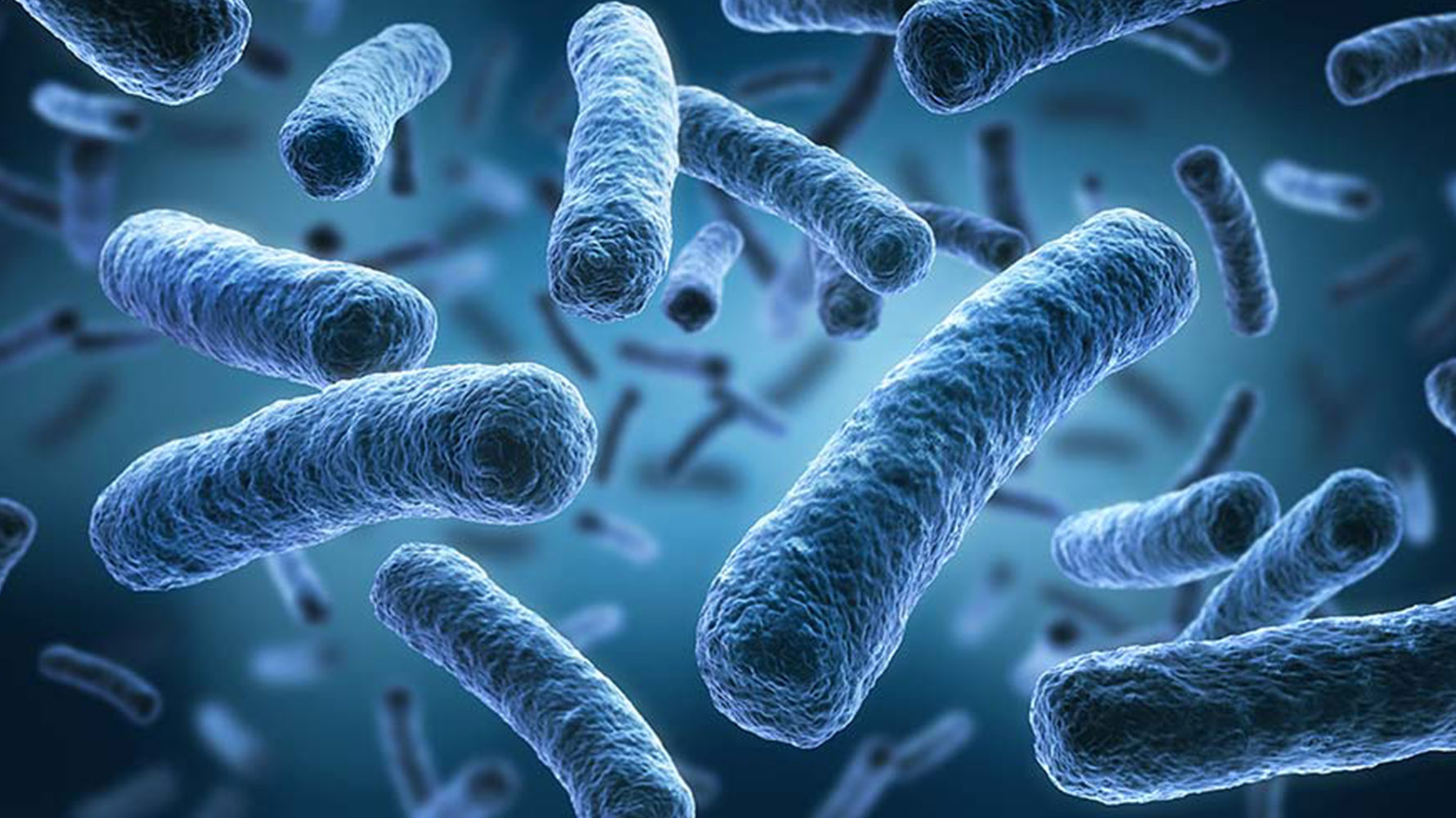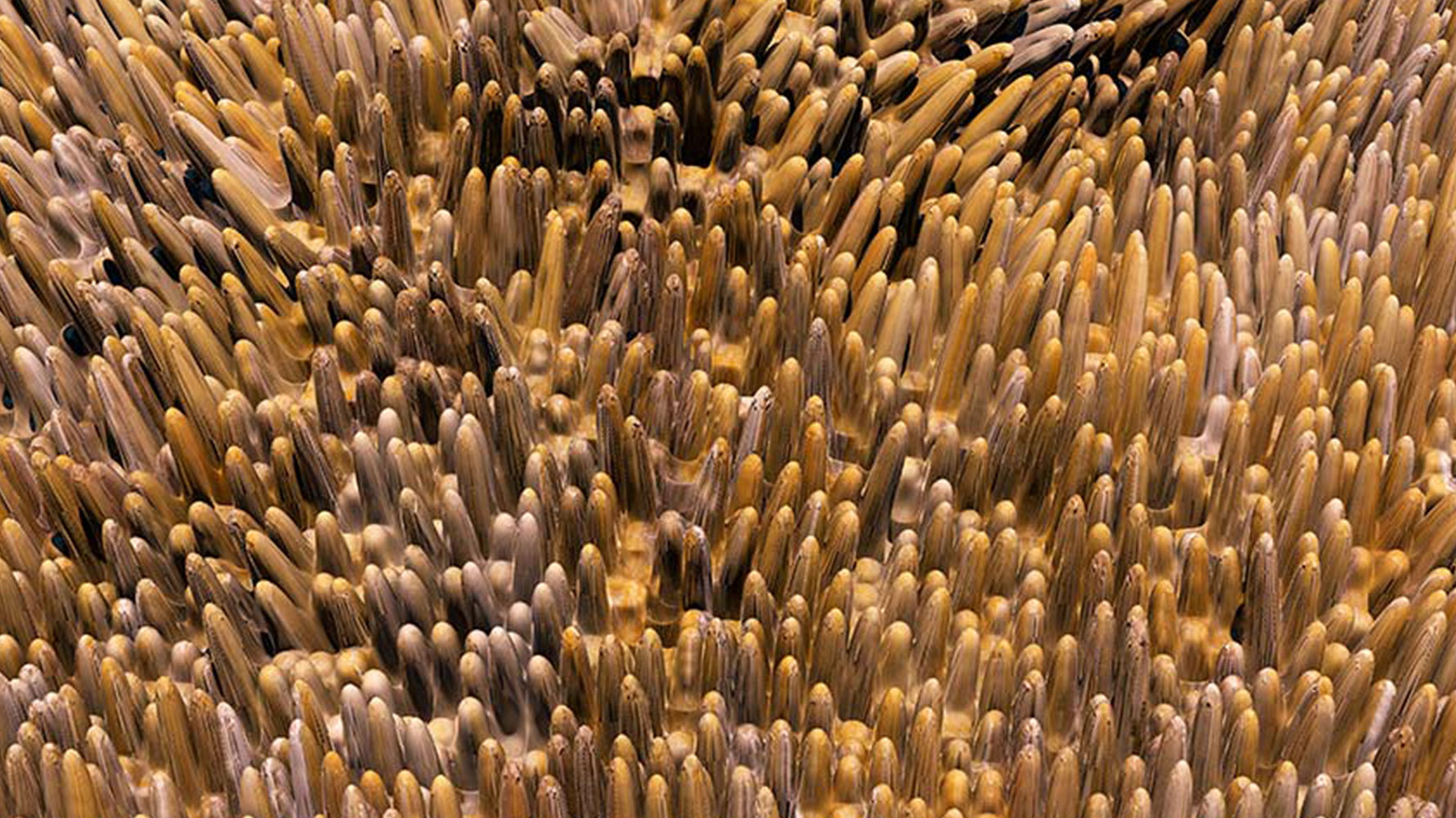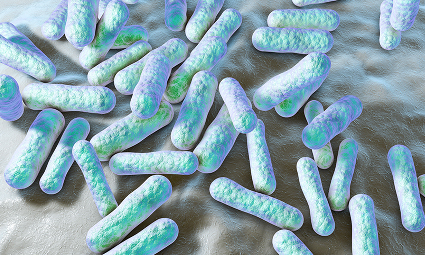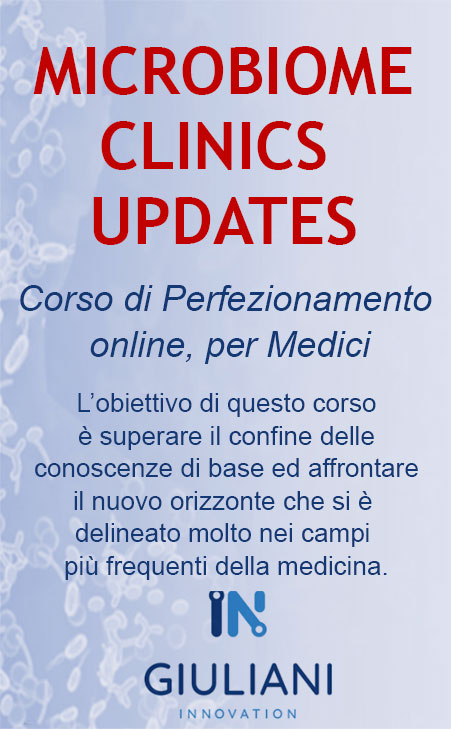Microbiome and skin diseases

The skin is the widest organ in our body: as such, it hosts a number of microorganisms (between 4 and 80 million per cm2), most of them beneficial to our health (1-4).
These microorganisms can interact with the cells of our skin, the epithelial cells. This interaction leads to a real symbiosis between microbial organisms and epithelial cells.
The benefits to men are many (5-7). Among these, the strengthening of our skin defenses against pathogenic agents and against oxidative stress caused by the exposure to solar radiation. The skin microbiome plays a fundamental role in supporting the skin immune system and it carries out an anti-inflammatory action thanks to the molecules some bacteria produce.
We are growingly conscious of the importance of the role microbiome plays in the health of our skin. Many diseases of the skin are strictly related to a disequilibrium in the symbiosis between e microbic population living on our skin and the skin itself (2, 8-10). This condition is commonly known as dysbiosis. Some species may overgrow others, thus triggering the onset of inflammatory or chronic skin pathologies, such as atopic dermatitis, psoriasis, acne (2).
We are now able to develop ever more specific therapeutical approaches to skin diseases thanks to the deepening knowledge of the composition of the skin microbiome and the alterations it may suffer as a symptom or consequence of pathological states.
Did you know?
- Each site on our skin hosts a different microbic population. Temperature, pH, humidity level can deeply influence the microorganisms colonizing our body.
- Keratinocytes (the cells forming our skin) are able to distinguish pathogens from beneficial microorganisms.
- Microorganisms populating our skin are of great help to our immune defense.
References
- Findley K, Grice EA (2014). The skin microbiome: A focus on pathogens and their association with skin disease. PLoS Pathog 10, e1004436.
- Cogen AL, Nizet V, Gallo RL (2009). Skin microbiota: A source of disease or defence? Br J Dermatol 158, 442-455.
- Grice EA (2014). The skin microbiome: potential for novel diagnostic and therapeutic approaches to cutaneous disease. Sem Cut Med Surg 33(2):98-103.
- Dreno B, Martin R, Moyal D, Henley JB, Khammari A, et al. (2017). Skin microbiome and acne vulgaris: Staphylococcus, a new actor in acne. Exp Dermatol 26(9):798-803.
- Noble WC (2004). Staphylococci on the skin. In The Skin Microflora and Microbial Skin Disease; Noble, W.C., Ed.; Cambridge University Press: London, UK, 2004; pp. 135-152.
- Katsuyama M, Ichikawa H, Ogawa S, Ikezawa Z (2005). A novel method to control the balance of skin microflora: Part 1. Attack on biofilm of Staphylococcus aureus without antibiotics. J Dermatol Sci 38, 197-205.
- Lambers H, Piessens S, Bloem A, Pronk H, Finkel P (2006). Natural skin surface pH is on average below 5, which is beneficial for its resident flora. Int J Cosmet Sci 28:359-370.
- Brogden NK, Mehalick L, Fischer CL, Wertz PW, Brogden KA (2012). The emerging role of peptides and lipids as antimicrobial epidermal barriers and modulators of local inflammation. Skin Pharmacol Physiol 25(4):167-81.
- Zeeuwen PL, Kleerebezem M, Timmerman HM, Schalkwijk J (2013). Microbiome and skin diseases. Curr Opin Allergy Clin Immunol 13(5):514-20.
- Belkaid Y, Hand T (2014). Role of the Microbiota in Immunity and inflammation. Cell 157(1):121-141.
The skin is the widest organ in our body: as such, it hosts a number of microorganisms (between 4 and 80 million per cm2), most of them beneficial to our health (1-4).
These microorganisms can interact with the cells of our skin, the epithelial cells. This interaction leads to a real symbiosis between microbial organisms and epithelial cells.
The benefits to men are many (5-7). Among these, the strengthening of our skin defenses against pathogenic agents and against oxidative stress caused by the exposure to solar radiation. The skin microbiome plays a fundamental role in supporting the skin immune system and it carries out an anti-inflammatory action thanks to the molecules some bacteria produce.
We are growingly conscious of the importance of the role microbiome plays in the health of our skin. Many diseases of the skin are strictly related to a disequilibrium in the symbiosis between e microbic population living on our skin and the skin itself (2, 8-10). This condition is commonly known as dysbiosis. Some species may overgrow others, thus triggering the onset of inflammatory or chronic skin pathologies, such as atopic dermatitis, psoriasis, acne (2).
We are now able to develop ever more specific therapeutical approaches to skin diseases thanks to the deepening knowledge of the composition of the skin microbiome and the alterations it may suffer as a symptom or consequence of pathological states.
Did you know?
- Each site on our skin hosts a different microbic population. Temperature, pH, humidity level can deeply influence the microorganisms colonizing our body.
- Keratinocytes (the cells forming our skin) are able to distinguish pathogens from beneficial microorganisms.
- Microorganisms populating our skin are of great help to our immune defense.
References
- Findley K, Grice EA (2014). The skin microbiome: A focus on pathogens and their association with skin disease. PLoS Pathog 10, e1004436.
- Cogen AL, Nizet V, Gallo RL (2009). Skin microbiota: A source of disease or defence? Br J Dermatol 158, 442-455.
- Grice EA (2014). The skin microbiome: potential for novel diagnostic and therapeutic approaches to cutaneous disease. Sem Cut Med Surg 33(2):98-103.
- Dreno B, Martin R, Moyal D, Henley JB, Khammari A, et al. (2017). Skin microbiome and acne vulgaris: Staphylococcus, a new actor in acne. Exp Dermatol 26(9):798-803.
- Noble WC (2004). Staphylococci on the skin. In The Skin Microflora and Microbial Skin Disease; Noble, W.C., Ed.; Cambridge University Press: London, UK, 2004; pp. 135-152.
- Katsuyama M, Ichikawa H, Ogawa S, Ikezawa Z (2005). A novel method to control the balance of skin microflora: Part 1. Attack on biofilm of Staphylococcus aureus without antibiotics. J Dermatol Sci 38, 197-205.
- Lambers H, Piessens S, Bloem A, Pronk H, Finkel P (2006). Natural skin surface pH is on average below 5, which is beneficial for its resident flora. Int J Cosmet Sci 28:359-370.
- Brogden NK, Mehalick L, Fischer CL, Wertz PW, Brogden KA (2012). The emerging role of peptides and lipids as antimicrobial epidermal barriers and modulators of local inflammation. Skin Pharmacol Physiol 25(4):167-81.
- Zeeuwen PL, Kleerebezem M, Timmerman HM, Schalkwijk J (2013). Microbiome and skin diseases. Curr Opin Allergy Clin Immunol 13(5):514-20.
- Belkaid Y, Hand T (2014). Role of the Microbiota in Immunity and inflammation. Cell 157(1):121-141.





